
SEO for Growth Case Study: Revolutionizing a Saturated Market
Published September 10, 2025
Gabi is back to share with us her tips and insights into SEO for growth, which is based on the fantastic presentation she gave at WTSFest Berlin 2025!
Breaking into a saturated market is increasingly difficult. If you landed on this article, I probably don’t have to tell you that, but just to set the scene:
Maybe you're working in a startup or a smaller business. Either way, you’re hustling every day to claim a piece of the pie. The market is highly competitive – and big players have been dominating it for years.
What used to work in marketing doesn’t anymore. You’re doing it all, but so are your competitors: Content marketing, because content is king; writing blog posts, because that's how you get those long tail keywords.
More and more players are doing the same SEO and 0815 marketing – a German proverb to say “basic”. Ads get more expensive, so does SEO, and we’re all spiraling.
How can you cut through the noise?
Note: This blogpost was written after my talk on the topic at WTSFest Berlin 2025. If you’re interested, here are the slides.
Contents:
From then to now – modern SEO
SEO is more than just writing blog posts, that much should be clear to all of us by now. But I want to argue that it's also more than just lower ad spend and "free" traffic.
New SEO is brand building, it's entertainment and it's customer service.
It helps users beyond what they're used to, it powers your retention rate and relieves customer support.
The solution you’re looking for is an SEO strategy at the very core of the business. Don’t fret – it’s less complicated than it sounds.
In this case study on SEO for growth, I’ll share the tactics that have helped me disrupt a saturated market with big, dominant players. I’ll be talking about e-commerce, but you’ll find that the opportunities in content and community can just as well be applied to other industries.
The ideas are structured along a trinity of content, product, and community. Let’s dive in.
Content: Niche SEO content for saturated markets
The market I’ll be mainly writing about is plants. House plants, to be exact.
When I say the house plant market was saturated, this is what I mean:
The product is basically interchangeable. There's no innovation or NEW product.
The product is readily available.
There is intense competition – big players have dominated this market for years.
The internet was full of plant care guides. Whatever plant you fancied – the care instructions were already there.
So why, you ask understandably, should content be our biggest lever? Why should we be able to differentiate through content?
The short answer is, we had a unique angle.
And I think that's what you need in order to grow in a saturated market. Because without content, it's gonna be that much harder.
The longer answer is:
We noticed a pattern.
Everybody loves plants. Everybody has plants at home. They’re available everywhere. And yet, everyone has plant problems.
The product is alright. They’re sold everywhere, and all plants basically stem from the same growers in the Netherlands.
What’s not alright is the way plants are commonly sold.
As a commodity.
Not a living being.
Finding your unique angle
So, the only way to take a foothold in a saturated market is innovation.
If you can't reinvent the product, you are going to reinvent the way it is sold. We wanted to become a love brand. The brand that people talk about when they think about house plants.
Content, in that mindset, is not there to rank. Not even to entertain. It's to provide a service along the whole customer journey.
A system to keep plants alive and therefore customers happy.
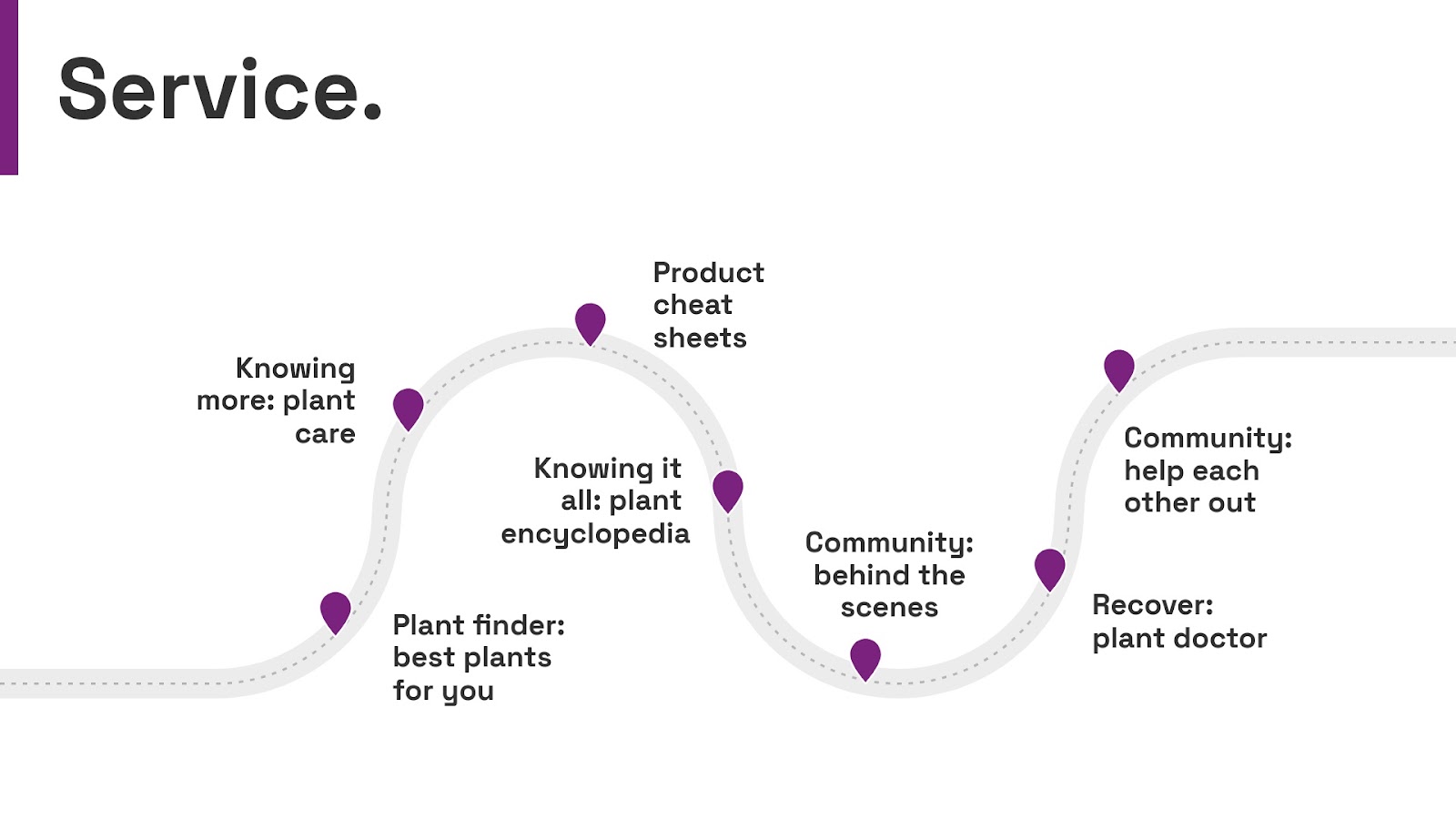
How this approach can apply to you
If you think about your customer lifecycle in its entirety, where is content needed along the way?
Which parts are too tedious, too difficult to complete now?
Where do most people bounce off?
In terms of channels, my top tips are:
Start tomorrow. If you can, start today. Building a quality content hub takes time.
Start with 1-2 channels you feel comfortable with. You can always expand, but if you’re not serious about investing the resources, your content will not take off.
Consider having a blog amongst your 1-2 channels.
It needs to fit your brand, your product and style, but there are compelling reasons for a blog:
It provides depth and detail no video can.
Don't underestimate the simple possibility of going back and re-reading sections – this can be annoyingly tricky in videos.
Search engines and LLMs just love text, let’s be real.
GOAT content is the only content worth pursuing
Did you think there was some kind of shortcut?
So sorry to be the bearer of bad news, but there is absolutely no way around getting knee-deep into it and creating the best content out there. You can use AI, but you need to use your brain, too.
Be honest:
Have you let mediocre content slide a bit too often?
Was that last piece really the best you could have written?
Do you bring something new and fresh to the table, your own thoughts (or those of people you spoke to)?
SEO for growth is scaling smart, not producing content for the sake of it.
Anything beside the GOAT is not worth our time. The internet will be a better place because YOU chose to raise your standards. Let someone else flood the web with mediocrity.
I put together a guide on how to create the absolute best content out there. Just connect with me on LinkedIn and shoot me a message, and I’ll send it to you.
Product: Where SEO and product manager roles intersect
Now if you remember – we’re trying to stand out in a market that is full of dominant players selling the same product as us.
We said: If we can’t reinvent the product, we’re going to reinvent the way it is sold.
And that credo can and should be applied to product pages. Here are three ideas to amplify your product pages so they’ll get chosen over your competitors’.
Looking for more ways to optimize your PDPs? Here’s the guide for you.
1. Add information gain to product pages
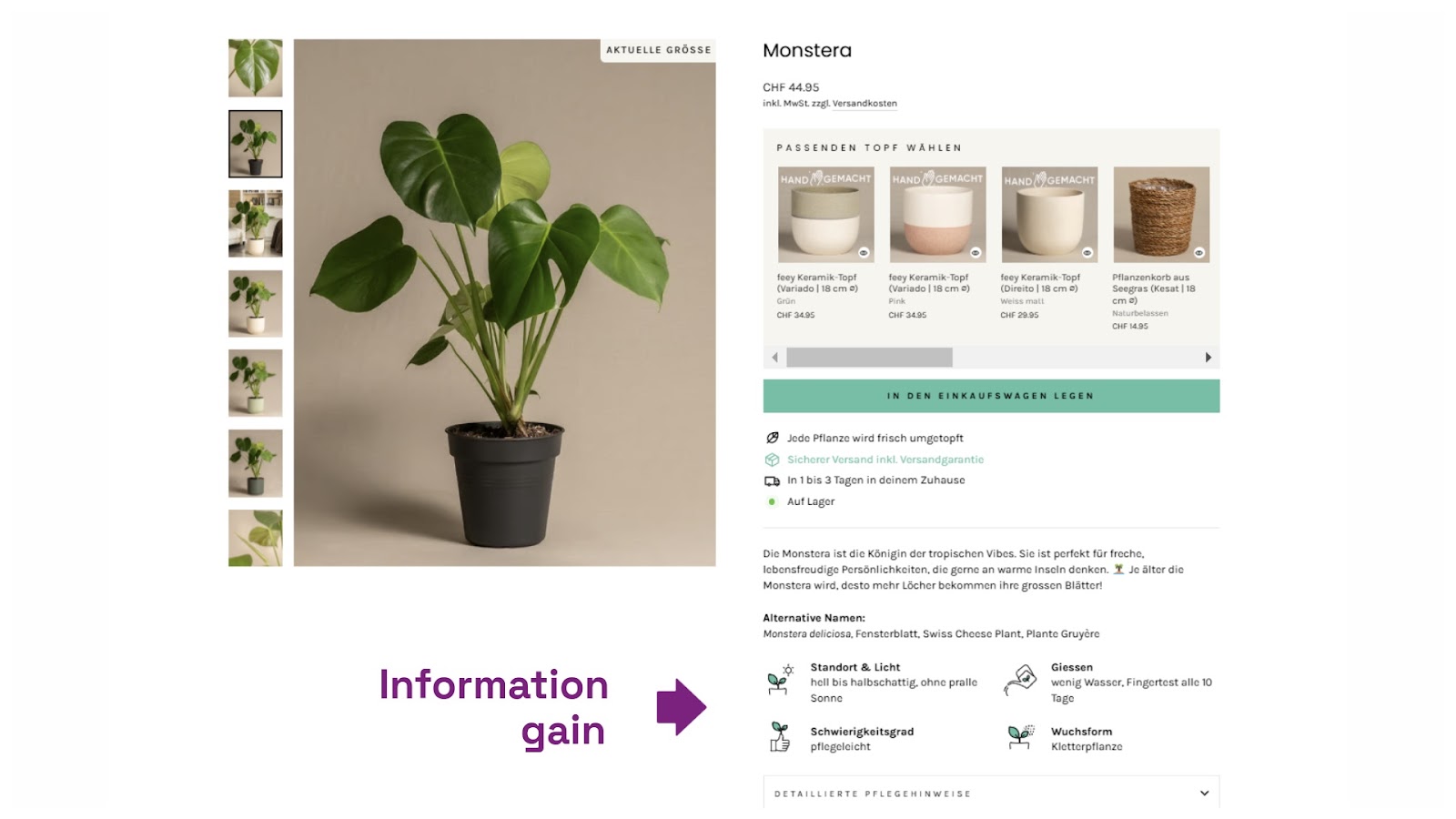
This is something I don’t see a lot of people talking about. And I certainly don’t want to mix search intents and confuse people looking for care instructions and those looking to buy a plant…
But think about it. How could your product page be better than your competitor’s selling the same thing?
Product pages are the last page a customer will interact with before the sale is complete.
Your goal is to give users everything they need to make an informed decision.
And if they need to take a step back and read some instructions and informational bits first, to then possibly decide against that particular plant – you should let them do that. Why? Because they’ll trust and respect your brand for that, and go on to choose you again and again.
Ask yourself:
What do people need to decide for your product?
What might hinder them?
When will it be a good match?
This is the double meaning of “information gain” in that sense. We’re adding informational content because it’s needed, but we’re also adding stuff other product detail pages don’t have.
2. Go beyond standard product imagery
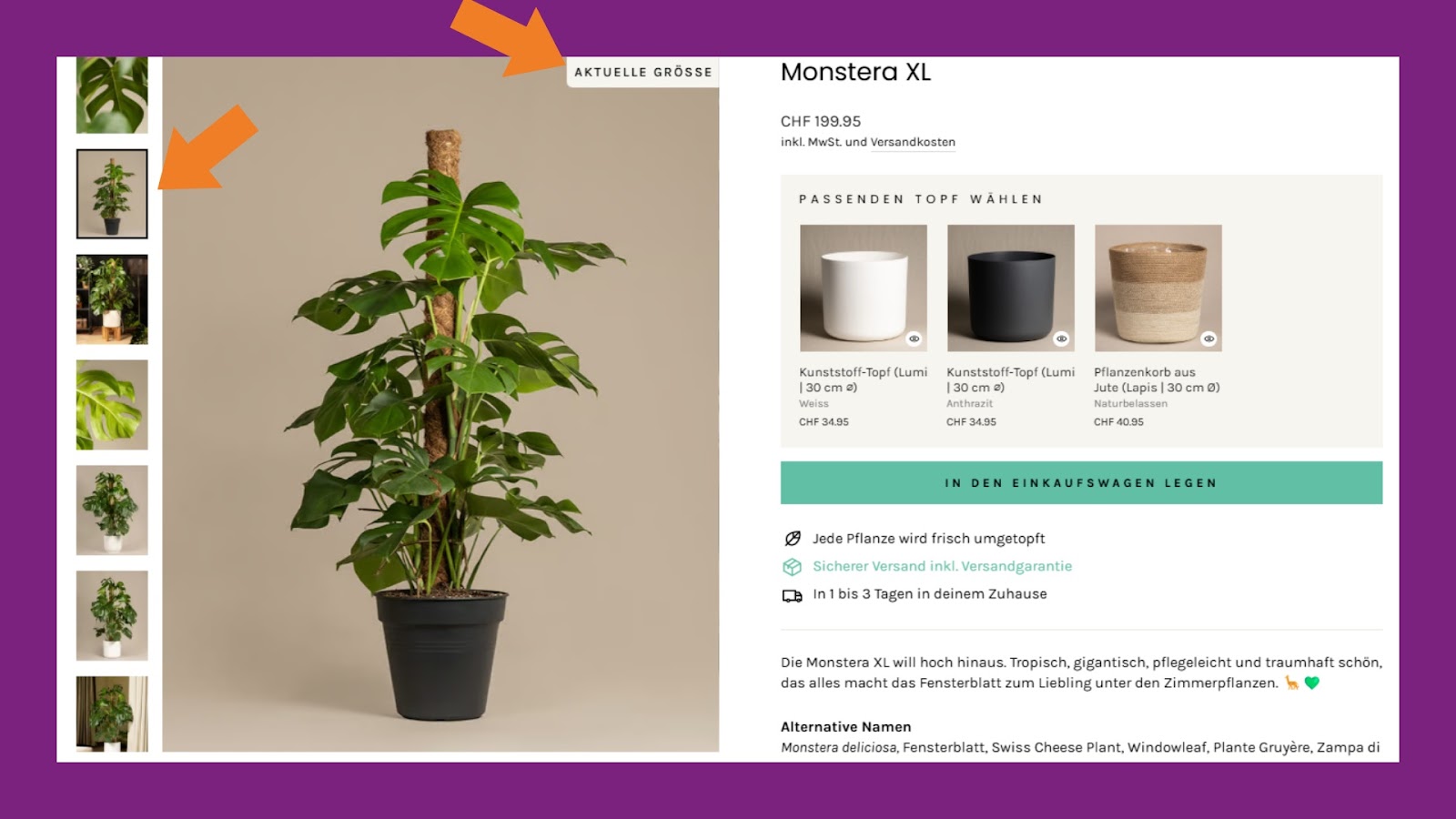
You need high quality images and photos of your product. We can all agree on that.
But why stop there?
At the plant shop, we took new pictures every time a new delivery arrived at our warehouse. The plants were maybe bushier than last time, had more or less, bigger or smaller leaves. In any case, we wanted to reduce friction and provide a seamless experience– what you buy online is what you receive in the parcel on your doorstep.
The goal is to make a physical product as tangible as possible online.
Going one step further means:
Using augmented reality to allow users to project the plant into their home.
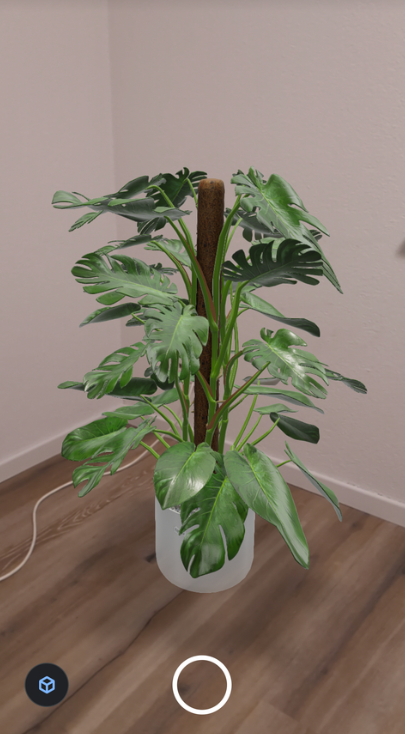
No, the 3D model is definitely not perfect.
But it allows people to see the plant size in reference to their home decor – and that is a huge roadblock out of the way when purchasing a plant online.
Ask yourself – how can you be one step ahead of the competition?
Because as SEOs, you have that data! You know what the audience searches for, when they'd need a tool or a calculator. This is using SEO for growth, too.
3. Reviews with nuance
On our house plants product pages, once you scroll past product descriptions and images, you get testimonials and reviews with more nuance than you’d usually expect.
We want to lower barriers, reduce friction, to make people feel safe when they buy plants online, right? Especially in the age of AI, now that AI-supported SERPs basically abolish product listing pages.
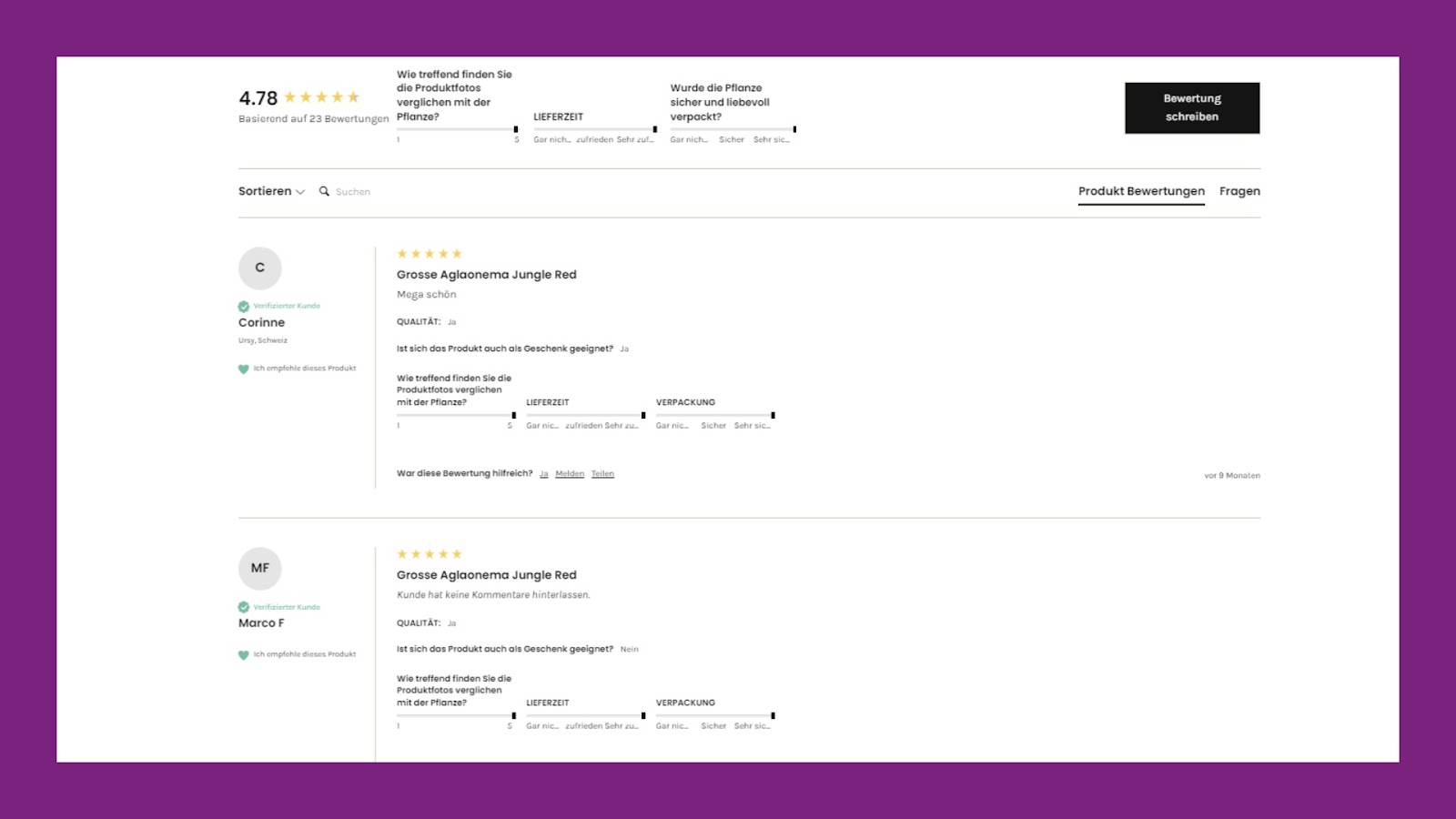
So we ask questions when people leave a review. We try to be more detailed and nuanced than competitors, to allow for a more complete picture of what the experience of buying a plant in our shop looks like.
Did the photos do the product justice?
Were you happy with the packaging?
Would you buy this again?
Those are just a few ideas for questions that are helpful to users.
What else can you do to really grow in a saturated market?
We’ll end with maybe the most important one.
Community: stable and reliable growth
If you’ve ever been part of a community online, you know how vital they are for your personal/career growth and how much they can influence your decision making.
Take Women in Tech SEO, for example. Their slack group kickstarted my public speaker career, helped me meet many amazing talents and friends and allowed for the connection that let me write this article for Sitebulb.
In the case of our plant shop, Instagram was the community hub.
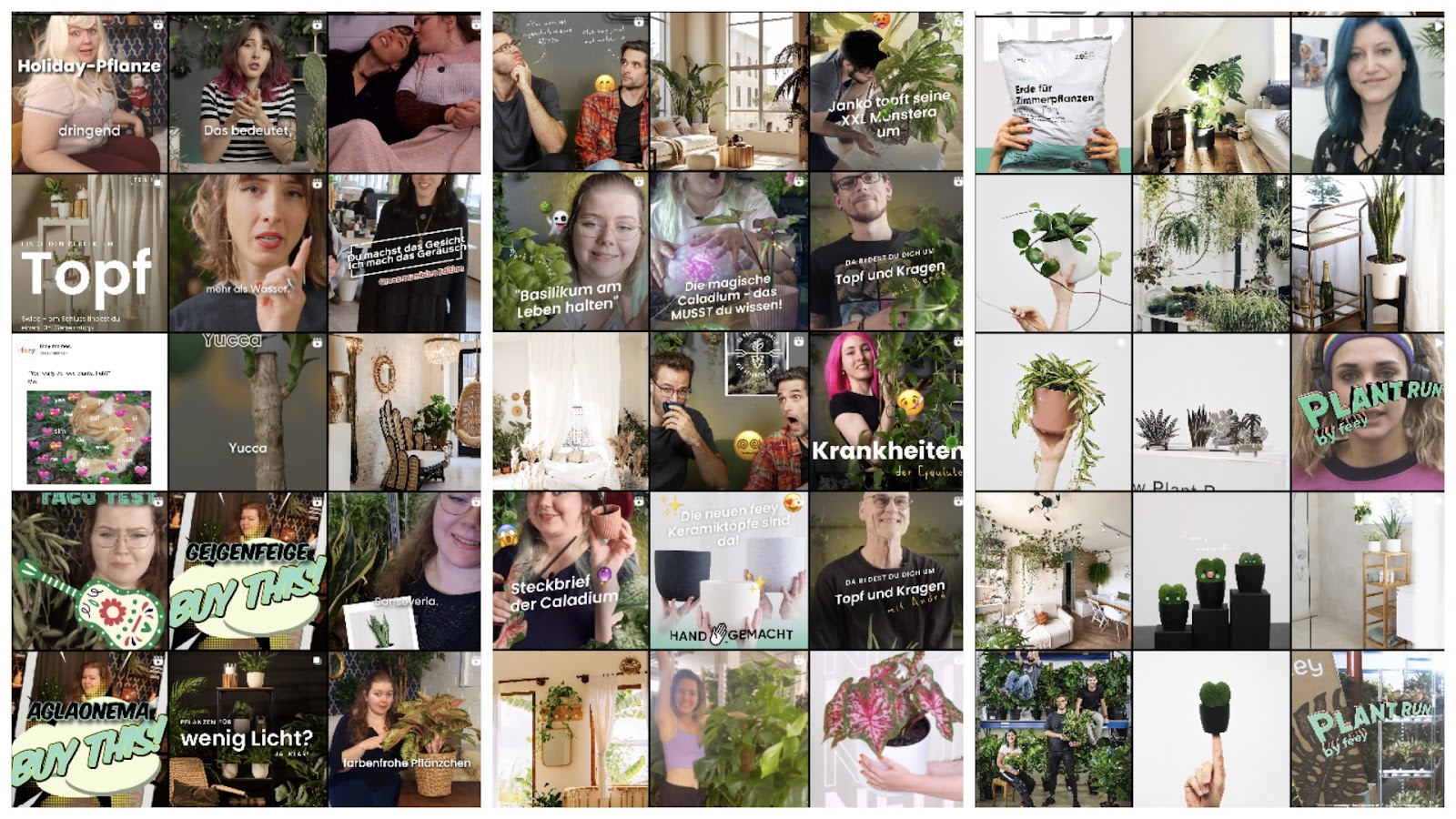
Whichever channel you choose, whatever you plan to post and what not, remember this:
People buy from people
Social media is a great place for community building, as humans are very visual beings.
And here you can see a lot of people – despite this shop selling plants!
The content is not simply centered around the product. You’ll find additional content like:
Founder stories.
Education: How to keep basil alive. What the caladium is and what makes it so special. Sicknesses plants can have.
Recruiting: On the top right corner there's me asking for applications for a content marketing job. In the middle, we have someone from the team answer questions about themselves.
Inspiration: Beautiful pictures of a living room, sun lit, with artsy furniture.
Ent ertainment: The plant run. Fails. Pranks in the office.
The plant run, you ask?
If you’re serious about building a community, a great phrase to keep in mind and measure yourself against is what I like to call:
Content first, leads second
The plant run is a concept based on a kids’ show called SUPER TOY CLUB. You run through our warehouse and grab as many plants as you can carry without dropping one. If you succeed, you get to take the plants home.
This is marketing – not for sales, but for communi ty. Marketing for the second sale, or the third. Marketing for retention. Marketing for word-of-mouth. It’s community building.
A content engine like ours not only enables education, rankings, and conversions. It’s also entertainment, creating superfans and keeping them at it.
What does community have to do with SEO?
Brand and community get you links. They get you mentions and brand searches– and that's a signal no search platform will ignore.
That’s what I call SEO for growth.
Tying it all together
Breaking into a saturated market isn't about doing more of the same – it's about doing something fundamentally different. The trinity of content, product, and community symbolizes that mindset shift.
When you stop treating SEO as a traffic acquisition tool and start using it as a growth engine that powers brand building, customer retention, and community development, you transform from just another player in the market to the ‘love brand’ people keep talking about.
The question isn't whether you can afford to invest in this approach – it's whether you can afford not to.
Your competitors are still playing the old game. Yes, they’re ahead. Yes, they have time and resources on their side. But while they're still optimizing for keywords, we’ll be optimizing for relationships.
And in a world where trust is the ultimate differentiator, that's how you win.

Sitebulb is a proud partner of Women in Tech SEO! This author is part of the WTS community. Discover all our Women in Tech SEO articles.

Gabi Troxler is an SEO consultant, trainer, and public speaker. She helps businesses build a brand and thriving customer relationships through SEO. Her career began in the healthcare and finance industry before founding feey AG, a well-known Swiss e-commerce brand.
Articles for every stage in your SEO journey. Jump on board.
Related Articles
 PDP Optimization: A Blueprint for Product Pages People Love & Buy From
PDP Optimization: A Blueprint for Product Pages People Love & Buy From
 Why Branded Queries Matter Now More Than Ever
Why Branded Queries Matter Now More Than Ever
 LLM Brand Visibility: What Does AI Think Your Brand Does?
LLM Brand Visibility: What Does AI Think Your Brand Does?
 Sitebulb Desktop
Sitebulb Desktop
Find, fix and communicate technical issues with easy visuals, in-depth insights, & prioritized recommendations across 300+ SEO issues.
- Ideal for SEO professionals, consultants & marketing agencies.
Try our fully featured 14 day trial. No credit card required.
Try Sitebulb for free Sitebulb Cloud
Sitebulb Cloud
Get all the capability of Sitebulb Desktop, accessible via your web browser. Crawl at scale without project, crawl credit, or machine limits.
- Perfect for collaboration, remote teams & extreme scale.
If you’re using another cloud crawler, you will definitely save money with Sitebulb.
Explore Sitebulb Cloud Gabriela Jennifer Troxler
Gabriela Jennifer Troxler


